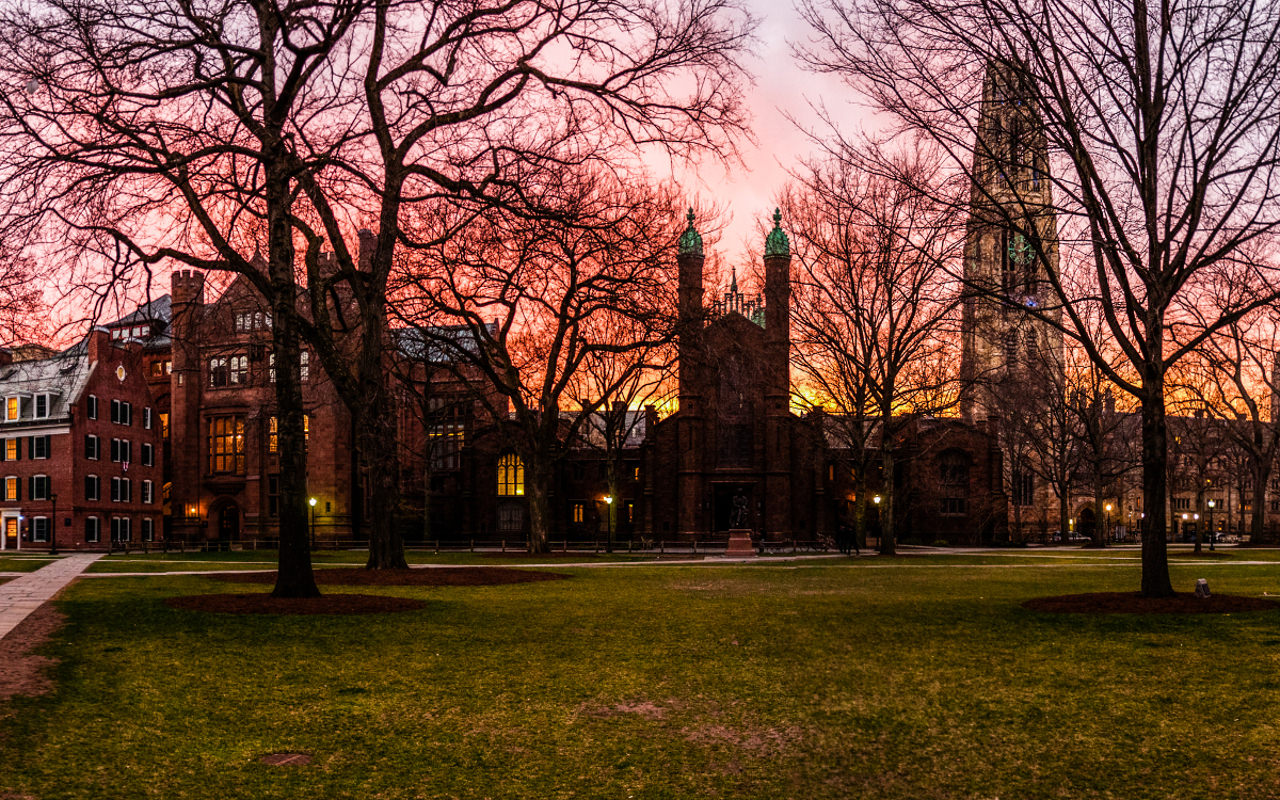History
The Real Problem with Renaming Buildings on Campus: Logistics
Let’s face it: there is no logical, consistent way to approach renaming of buildings — especially when the protestors, themselves, are opposed to logical discourse.

This year, students at several universities have erupted in protests — not about war. Not about human rights violations. But about building names.
At Yale, students demanded that residential college John C. Calhoun, named for a 19th-century U.S. vice president, senator and slaveholder, be renamed. The university recently announced that it had created a committee to consider the name-change. Earlier this year, outcry ensued when Yale president Peter Salovey announced that one of the school’s two new residences would be named for Benjamin Franklin, a founding father, prodigious inventor and slaveholder-turned-abolitionist.
(For reference, the other new residential college was named for Anna Pauline Murray, an African American civil and women’s rights activist.)
Additionally, this year Yale, Harvard and Princeton decided to drop the term “master,” as in housemaster — even though this term is based on a centuries-old European tradition that has no roots in slavery.
Meanwhile, at Stanford, students are demanding the renaming of streets, buildings and malls named after the 18th-century missionary Junipero Serra. By today’s standards, he was a racist who might have been responsible for the killing of Native Americans (however, many Catholic Native Americans love him).
I am strongly opposed to renaming. Universities are places for freedom, not constriction, of thought. They should be the first to declare that it is laughable to hold historical figures to today’s far left moral standards. They should be the last to succumb to the emotions of a few sensitive students.
Instead, universities should lead students in discussions about the socio-cultural backgrounds of historical political, religious and military figures. They should point out that most high schools do a horrible job of teaching history. Anyone who believes that Native Americans were peaceful conservationists before the arrival of Europeans needs a reality check — some tribes were peaceful. Others were guilty of human sacrifice, genocide of opposing tribes, torture and other moral atrocities long before and after Columbus “discovered” America.
(Not to mention, many tribes cut and burned forests, aggressively farmed land to depletion, and then moved on. Some tribes made sure to use every part of the animals they killed — others herded hundreds of animals at a time over cliffs and left most of them to rot. I guess making blanket assumptions about large, heterogeneous groups of people is kind of silly, isn’t it?)
Moreover, I think renaming is dangerous. There is no room for revisionist history in a world where there are still holocaust deniers.
But mostly, I object to renaming because there is no logical, consistent way to approach this issue. Let’s look at Stanford campus. If you choose to rename one building, you must follow-up by examining all buildings named after people whose actions could be considered offensive by today’s far left standards.
David Starr Jordan, for whom Stanford named its psychology building, was the first president of Stanford. He was both a peace activist and eugenicist.
Phil Knight, after whom Stanford’s School of Management is named, used low-cost (and, possibly, child) labor in Asia to manufacture his sneakers.
Bill Gates, who endowed Stanford’s computer science building, was once under investigation by the Justice Department for monopolistic business practices. He is also a philanthropist — but so were many of the people whose names have been protested.
And, of course, there’s Leland Stanford himself. This man employed Chinese labor under unsafe working conditions. He used his political influence to secure a monopoly for Southern Pacific to build the western expanse of the Trans Continental Railroad. As California state governor, he ostensibly supported anti-Asian sentiment and lobbied against Chinese immigration. He even told the state legislature in 1862, “The presence of numbers of that degraded and distinct people would exercise a deleterious effect upon the superior race.”[1]
If you look hard enough, you can find something offensive about any benefactor or honoree on campus. Especially when you consider the fact that a single “bad” action is enough is disqualify a benefactor from appearing on a building.
Perhaps you think I’m exaggerating. Perhaps you think the notion of disinviting, censoring or even renaming a building because a very good man (or woman — but usually man) did one thing that one small minority of students disagrees with is absurd.
But truly, I tell you: it’s already happening. But how on earth is any university to pick names that no one objects to? Shall we simply stick to numbers? What about numbers that may be triggering (e.g., 911, 1492) or culturally insensitive (e.g., 4 and 14 in the Chinese culture)?
Shall potential donors subject themselves to an extensive background check, as well as surveys about political contributions and attitudes? Shall we scour their social media profiles to make sure they’ve never appropriated another culture, perhaps by wearing a sombrero, or donned an “offensive” Halloween costume?
And speaking of potential donors — how will renaming policies affect the university’s development office? Must they stop soliciting donations with naming rights? Or present the donor with the caveat that university reserves the right to remove their name from the building, scholarship, professor chair, etc., for any reason, at any time? When buildings are renamed, shall the university refund that donation (plus any accrued earnings) to the individual or their heirs? It seems like that is the only right thing to do.
Let’s face it: there is no logical, consistent way to approach renaming of buildings — especially when the protestors, themselves, are opposed to logical discourse. Even if I did think that universities should submit to the thought police, even if I did think that revisionist history were somehow an acceptable idea… it’s not about the idea, really. It’s about the execution.
References
[1] Asbury, Herbert, The Barbary Coast, Basic Books, 2008, p. 145





